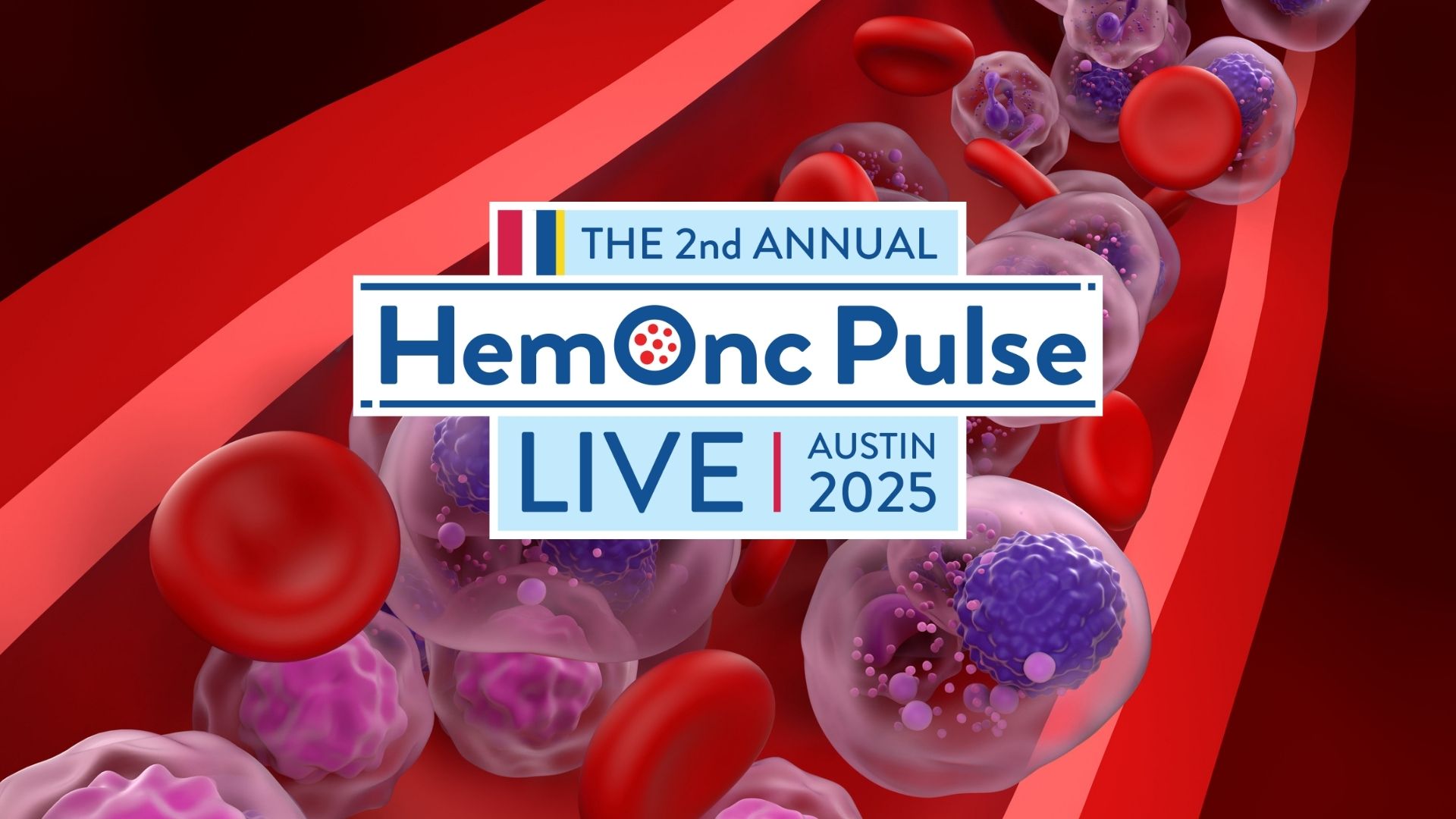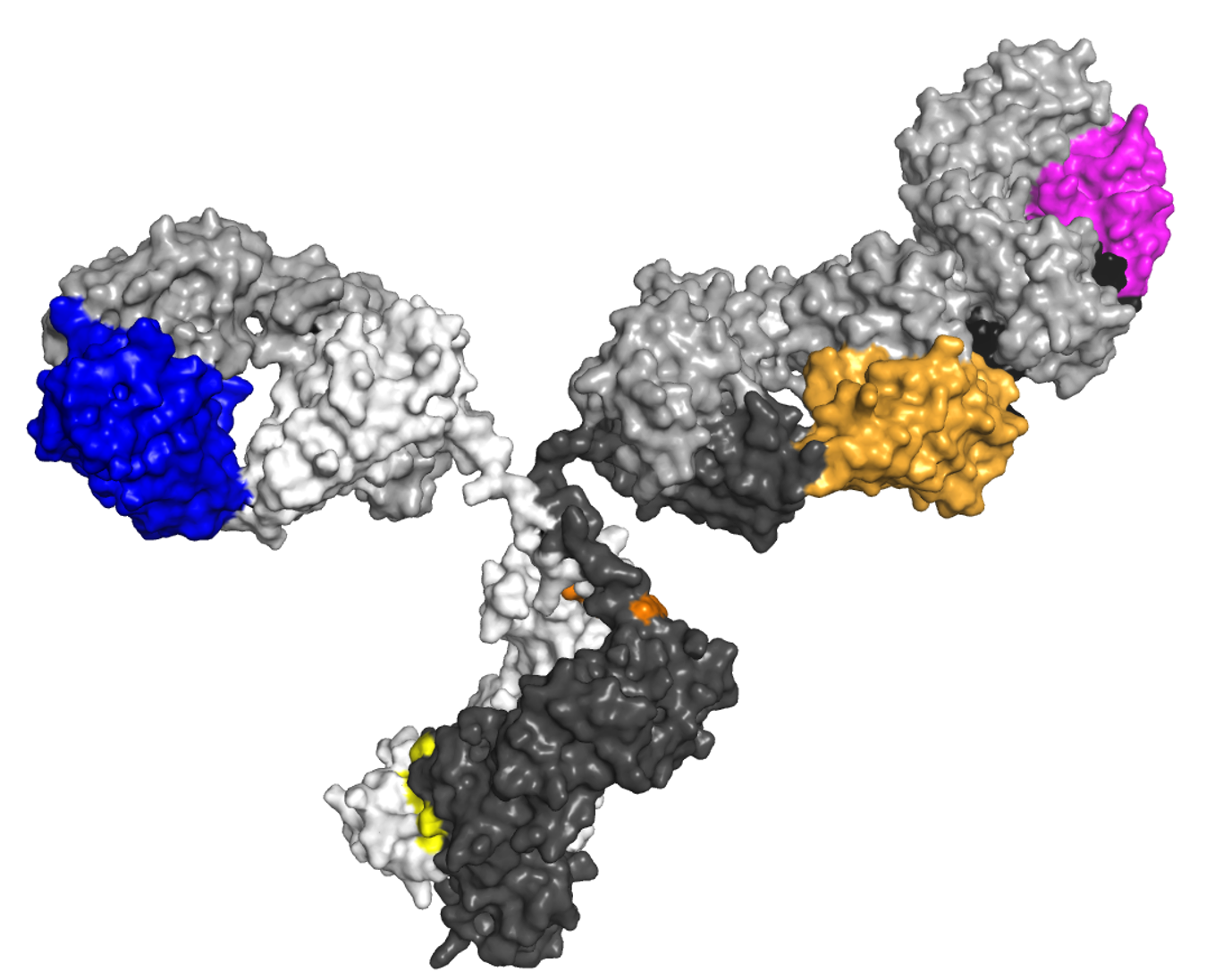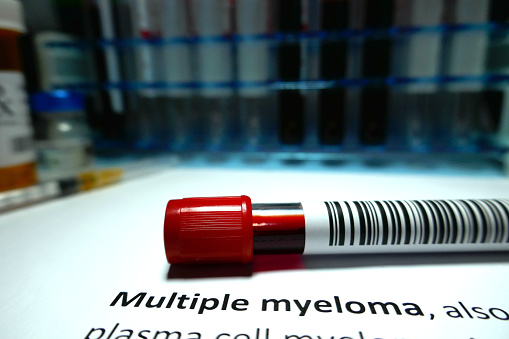
A new study reports on county-level socioeconomic disparities in the distribution of multiple myeloma (MM) clinical trial sites in North Carolina.
“[C]linical trial participants are often younger (<65 years) and white, limiting the generalizability of published data to real-world MM care. Although geographical and financial barriers to clinical trial participation are well recognized, less is known about the association of county-level social vulnerability with MM trial availability,” the study authors wrote.
They collected data from ClinicalTrials.gov on Jan. 24, 2021, on all registered interventional myeloma trials in adults with sites in North Carolina. North Carolina population data were collected from the American Community Survey. County-level social vulnerability was determined using the four themes within the Centers for Disease Control Social Vulnerability Index (CDC SVI) (composite score: 0-1, with a higher number indicating more vulnerability): socioeconomic status, household composition, ethnic and racial minority status/language, and housing/transportation.
There were 456 non-unique NC sites for 223 trials. The researchers found that when looking at 100 North Carolina counties, trial site counts per 10000 residents aged 65 or older years ranged from 0 to 23.2. When adjusting for the four SVI themes, counties with National Cancer Institute Comprehensive Cancer Centers, compared to those without, had 77% more trials, for an incidence rate ratio (IRR) of 7.74. For every percentile increase in socioeconomic vulnerability, there was 3.3% reduction in trial counts (IRR, 0.97). Counties with more racial and ethnic minorities had a similar amount of trials as counties with fewer racial and ethnic minorities (IRR, 1.01).
“Our preliminary results suggest county-level socioeconomic status is associated with the distribution of MM clinical trial sites across NC. Further work is planned to explore whether additional variances in trial distribution could be explained by site- and study-specific characteristics,” the researchers concluded.
The results were published in the Journal of Clinical Oncology.






 © 2025 Mashup Media, LLC, a Formedics Property. All Rights Reserved.
© 2025 Mashup Media, LLC, a Formedics Property. All Rights Reserved.